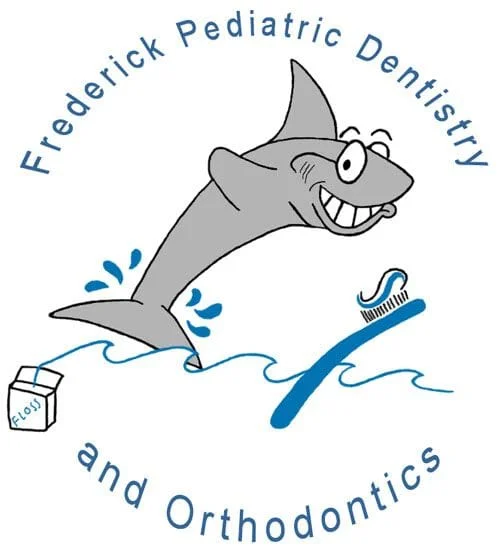When you lose a tooth, it affects not just the appearance, but the function of your smile. It can be difficult to eat or speak naturally, extra stress is put on your remaining teeth, you’re at greater risk for developing gum disease, your remaining teeth can shift out of position causing bite problems,
Read more
-
Bridges
Category: Cosmetic & General Dentistry
-
Orthodontic Retention
Category: Orthodontics
Getting your braces off is definitely a cause for celebration. You can finally enjoy your new smile after all that work and effort! But getting your braces off isn’t the end of treatment. Once your braces come off, you will enter the retention period of treatment. During the retention period, you will
Read more -
Inlays and Onlays
Category: Cosmetic & General Dentistry
Inlays and onlays are indirect restorations used to repair molars and premolars damaged by decay or trauma. Inlays and onlays fit more securely and last longer than fillings, strengthen compromised teeth, and preserve more natural tooth structure than crowns. An inlay is used to restore the center of
Read more -
Dental Implants
Category: Implant Dentistry
If you have recently dealt with an injury or disease that affected your oral health, there are options available to recover the smile you once had. You may even be able to achieve a better smile than the one you had. Dental implants make it possible to renew your smile if you have lost some teeth. There
Read more -
Tooth Decay Prevention
Category: Cosmetic & General Dentistry
What is tooth decay? Tooth decay begins with the Streptococcus mutans bacteria. These bacteria join with food particles and fluids in the mouth to create plaque, a constantly forming biofilm which sticks to the surface of tooth enamel. The bacteria in plaque convert the sugars in our foods into lactic
Read more -
Root Canal Treatment
Category: Endodontics
Every tooth has two sections: a crown, the visible part of the tooth above the gum line, and one or more roots, which anchor the teeth within the jaw. Each tooth has three basic layers: an outer layer of hard enamel (which protects the crown) or cementum (which covers the root), a middle layer of softer
Read more -
Fillings
Category: Cosmetic & General Dentistry
The bacteria in plaque produce acids that erode tooth enamel, eventually creating a hole, or cavity, in the tooth surface. Left untreated, this decay can spread to the interior of the tooth, and might lead to the need for a crown, a root canal, or even extraction. When caught early, your dentist can
Read more -
Veneers
Category: Cosmetic & General Dentistry
A dental veneer is a thin, durable porcelain shell that is custom-fabricated to cover the front of a tooth. Veneers can restore the appearance of teeth with chips, cracks, and stains, can close small gaps between the teeth, and can reshape misshapen or slightly misaligned teeth. Veneers are a popular
Read more -
Educational Videos
Category: Educational Videos
Take a few minutes to watch our educational videos and learn more about different dental treatments and procedures. Video topics include general & cosmetic dentistry, Implants, oral health and hygiene, orthodontics and preventative dentistry.
Read more -
Laser Decay Diagnostics
Category: Technology
Using lasers, dentists can detect tooth decay that is not yet visible and would otherwise be undiagnosed using traditional methods. Laser cavity detection is based on the fact that healthy tooth structure reflects light, or “fluoresces,” differently than does decayed tooth structure. Teeth with decay
Read more -
Laser Dentistry
Category: Technology
Lasers direct a controlled force of energy that can remove or alter bone and tissue. By applying varying wavelengths of energy, dental lasers are used to detect and treat a myriad of oral health issues, including detecting oral cancer and treating small cavities. There are two different types of dental
Read more -
Same-Day Crowns
Category: Technology
A tooth that has been structurally damaged by decay or trauma sometimes needs to be crowned or “capped” so that it can look good and function properly again. A crown is a durable covering that is custom-made to fit over the entire tooth from the gum line up. Getting a crown used to mean multiple
Read more -
Digital X-Rays
Category: Technology
X-rays are one of the most important parts of a dental exam, and can help medical professionals detect problems long before they are visible to the naked eye, including early tooth decay, gum disease, abscesses, and abnormal growths. Benefits of Digital X-rays Easy to obtain Digital X-rays are obtained
Read more -
Intraoral Camera
Category: Technology
Slightly bigger than a pen, an intraoral camera is an innovative tool that can take up-close pictures of teeth, gums, and other hard-to-reach places in the mouth. Intraoral cameras can help dentists detect dental issues like tooth decay, periodontal disease, and oral cancers. Benefits of using an intraoral
Read more -
Anesthesia Wand
Category: Technology
The single-tooth anesthesia wand provides increased comfort and decreased anxiety when it comes to dental procedures requiring anesthetization. The wand looks like a small pen with an extremely small needle at the tip. The anesthesia wand works by numbing the individual tooth your dentist needs to work
Read more -
Cone Beam CT Imaging
Category: Technology
Cone beam CT imaging provides dentists with a three-dimensional view of mouth, jaw, teeth, and nasal cavity. These images contain invaluable clinical information and help reduce the need for invasive procedures, shorten treatment time, and make treatment plans more effective and efficient. With 3D scans,
Read more
Our Location
Find us on the map
Frederick, MD
Hagerstown, MD
Hours of Operation
Our Regular Schedule
Frederick, MD
Monday:
8:30 am-5:00 pm
Tuesday:
8:30 am-5:00 pm
Wednesday:
8:30 am-5:00 pm
Thursday:
8:30 am-5:00 pm
Friday:
Closed
Saturday:
Closed
Sunday:
Closed
Hagerstown, MD
Monday:
8:30 am-5:00 pm
Tuesday:
8:30 am-5:00 pm
Wednesday:
8:30 am-5:00 pm
Thursday:
8:30 am-5:00 pm
Friday:
Closed
Saturday:
Closed
Sunday:
Closed
